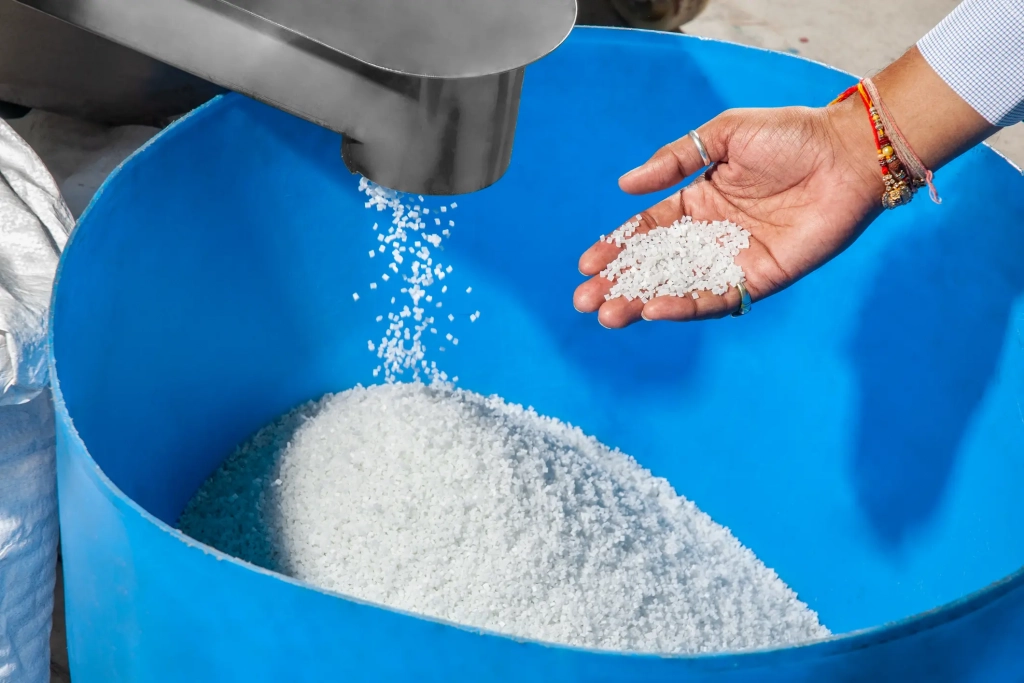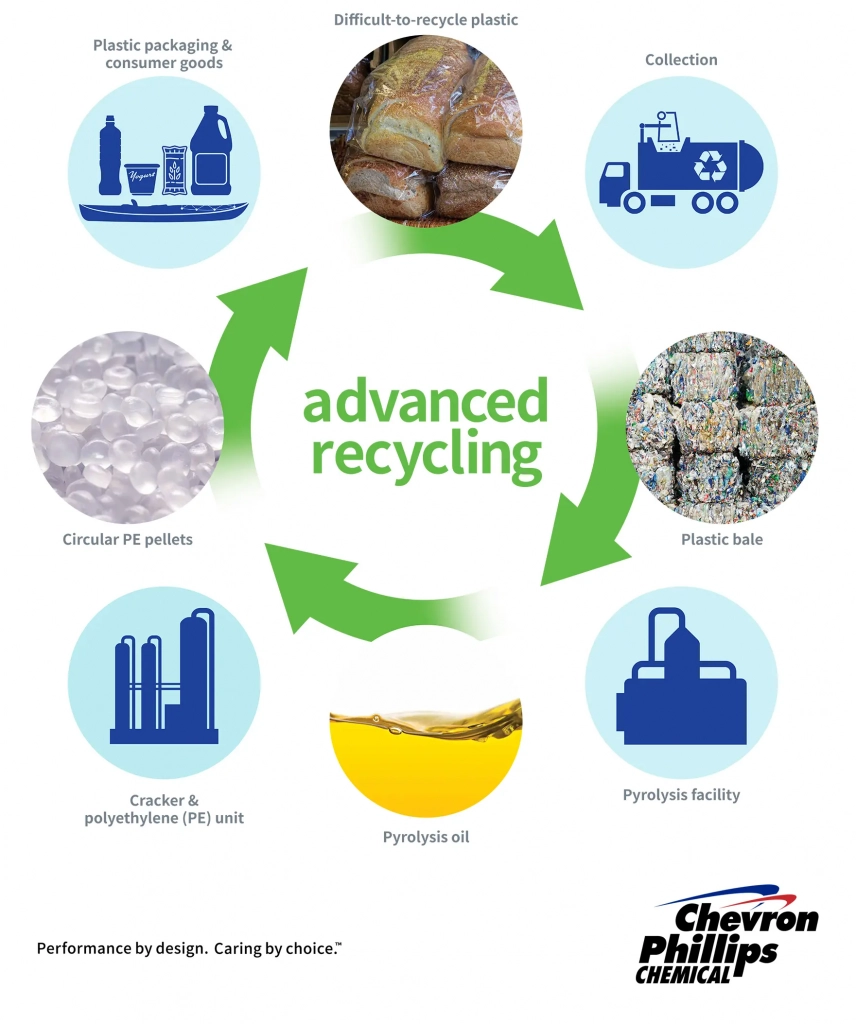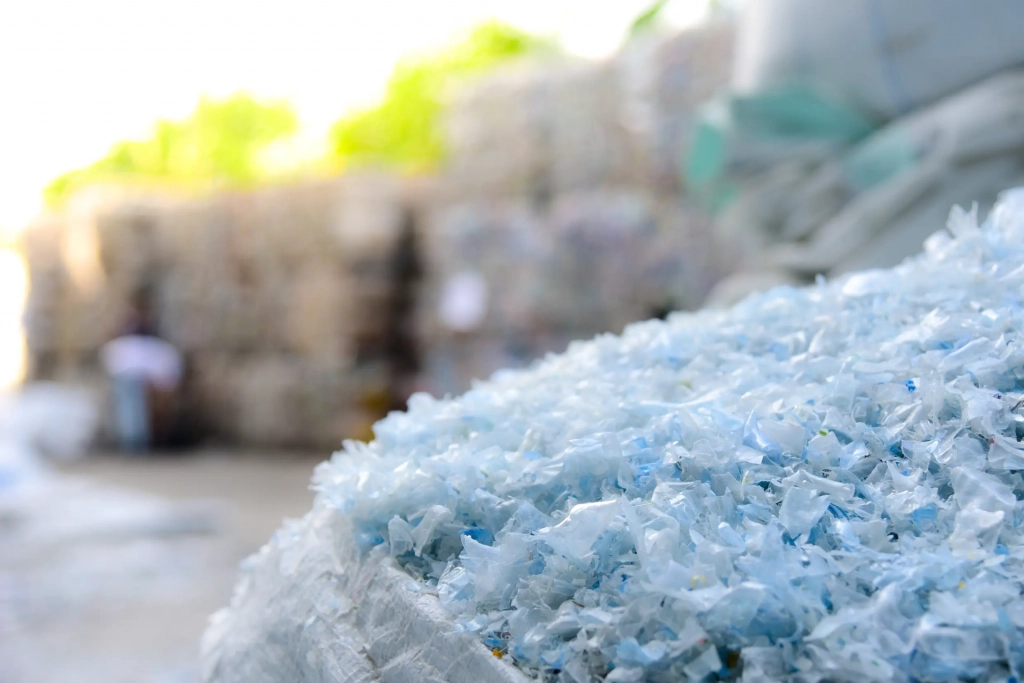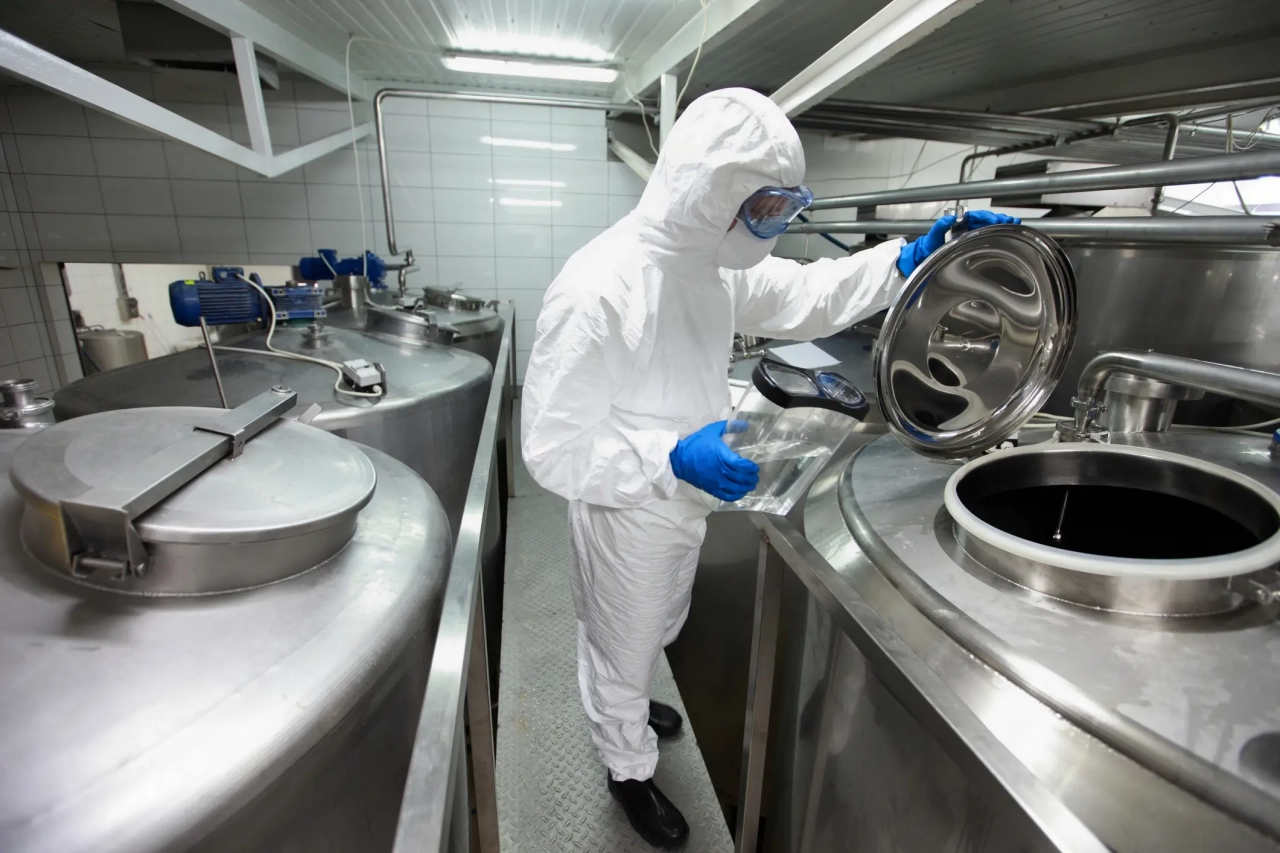Building a more circular economy for plastics requires collaboration and collective effort. To get there, we need the right recycling infrastructure and technologies in place. We need companies that invest in and produce recycled plastic and brands that want to use it. We need consumers to look for products made from reused plastic. And we all need to change how we think about “waste.”
Like any transformation, progress takes time and dedication. Over the past several months, we’ve seen the industry’s dedication to create a more circular economy reaffirmed with the announcement of several significant advances – all representing important milestones and bringing us closer to the ultimate goal: an environment free of plastic waste.
Innovating and Investing
Late in 2019, Shell announced a breakthrough in advanced recycling technology. The company successfully transformed hard-to-recycle plastic into useful raw materials for new plastics and other products.
Shell is now working with other companies that collect and process plastic waste to generate industrial-scale quantities of these chemicals for its plants in Asia, Europe and North America. Shell aims to use 1 million tons (2 billion pounds) of plastic waste a year by 2025, which is equivalent to the weight of 200,000 ambulances.
“This makes sense for the environment and our business,” said Thomas Casparie, executive vice president of Shell’s global chemicals business. “We want to take waste plastics that are tough to recycle by traditional methods and turn them back into chemicals—creating a circle. These chemicals will meet our customers’ growing demands for high quality and sustainable products.”
Less than a year later, LyondellBasell announced significant new sustainability goals. By 2030, the company plans to produce and market 2 million metric tons (4.4 billion pounds) of recycled and renewable-based polymers each year.
Beyond the big investment and ambitious goals themselves, this represents a major step toward reimagining plastic “waste” as a valuable resource—one of the keys to creating a more circular economy for plastics.
“LyondellBasell has been on a multi-year journey to advance the circular economy, and we have made strides in mechanical and advanced recycling, as well as producing renewable-based products,” said Jim Seward, senior vice president research and development, technology and sustainability at LyondellBasell.
Scaling Up and Teaming Up
Over the last two years, we’ve seen companies continue to accelerate the pace toward achieving a circular economy.
In early 2019, SABIC announced it had produced a new “circular polymer” using mixed post-use plastics. The company partnered with Plastic Energy, a UK-based advanced plastics recycling technology company, to use TACOIL, Plastic Energy’s proprietary liquid feedstock created using advanced plastics recycling, in the production of its circular polymer. SABIC’s circular polymers can then be turned into a variety of new products and packaging.
By 2020, several brands jumped at the opportunity to make their products more sustainable by incorporating recycled plastics. For example, Unilever announced it will use SABIC’s circular polymer in its Magnum Ice Cream tub for sale in Europe and Mondelez will use the polymer in its Philadelphia Cream Cheese tub, also for the European market.
For SABIC—and for all of us—this is a huge step forward toward a circular economy for plastics.
“Certified circular polymers are a disruptive innovation and SABIC’s market foundation stage is a critical phase in their development,” said Frank Kuijpers, general manager corporate sustainability at SABIC. “It will act as a bridge moving from a linear economy to a circular one and will enable the value chain to become familiar with the products and consider how they can best be implemented in their own markets.”

Then in October 2020, Chevron Phillips Chemical (CPChem) announced the latest example of an advanced recycling project moving from pilot program and scaling to commercial production.
The company created polyethylene (PE) from reused plastics on a commercial scale. CPChem was able to break down many difficult-to-recycle plastic items, like food pouches and grocery bags, into their original building blocks. And the company reports the resulting PE is as safe and high-performing as if it were new.
Just recently, CPChem announced their advanced recycling program had been certified by the International Sustainability and Carbon Certification PLUS (ISCC PLUS) process and the company is planning to produce 1 billion pounds of recycled PE per year by 2030.
“This development is an important milestone for us as we further our commitment to proactively help the world find sustainable solutions, including the elimination of plastic waste in the environment,” said Jim Becker, vice president of polymers and sustainability at Chevron Phillips Chemical.

And in December 2020, ExxonMobil invested in Agilyx Corporation’s feedstock management subsidiary, Cyclyx International, to help make the circular plastics economy closer to reality.
The new joint venture plans to work with retailers, brands, waste management companies, plastic manufacturers, and municipalities to collect and sort 300,000 tons (600 million pounds) of plastic waste per year by 2025—with a goal of reaching 3 million tons (6 billion pounds) of processing capacity by 2030.
Cyclyx aims to help connect the entire supply chain to keep plastic waste out of the environment.

Announcements like these are significant actions that will help create a circular economy for plastics. They are key pieces in our Roadmap to Reuse, set the stage to help further an environment free of plastic waste and empower more than 300 brands that have committed to using recycled plastics in their products to meet their sustainability goals.
Click here for more information about advanced recycling. Continue to visit America’s Plastic Makers: Making Sustainable ChangeSM to learn more about the steps we are taking to help end plastic waste, build a circular economy for plastics and create a more sustainable future.

